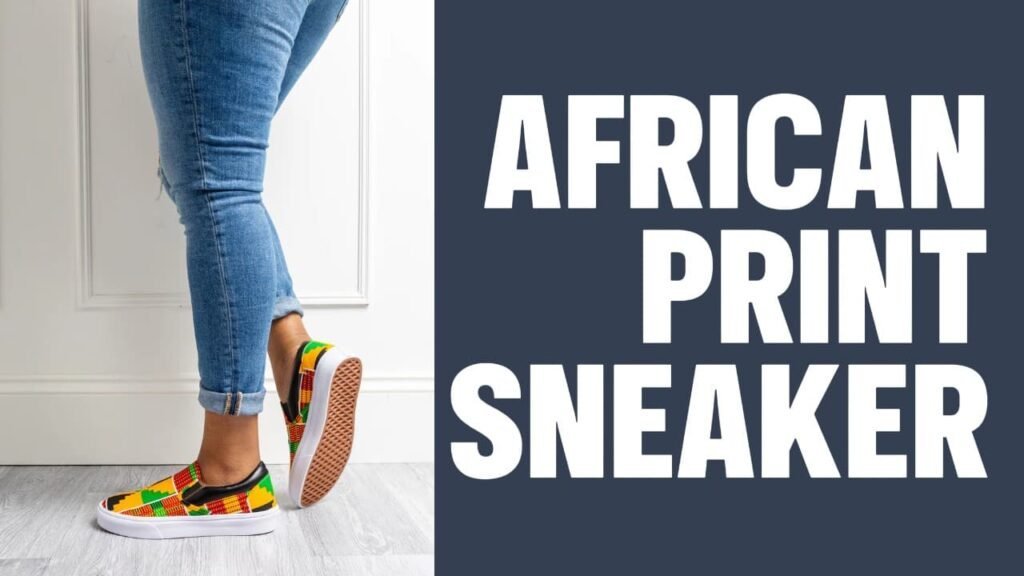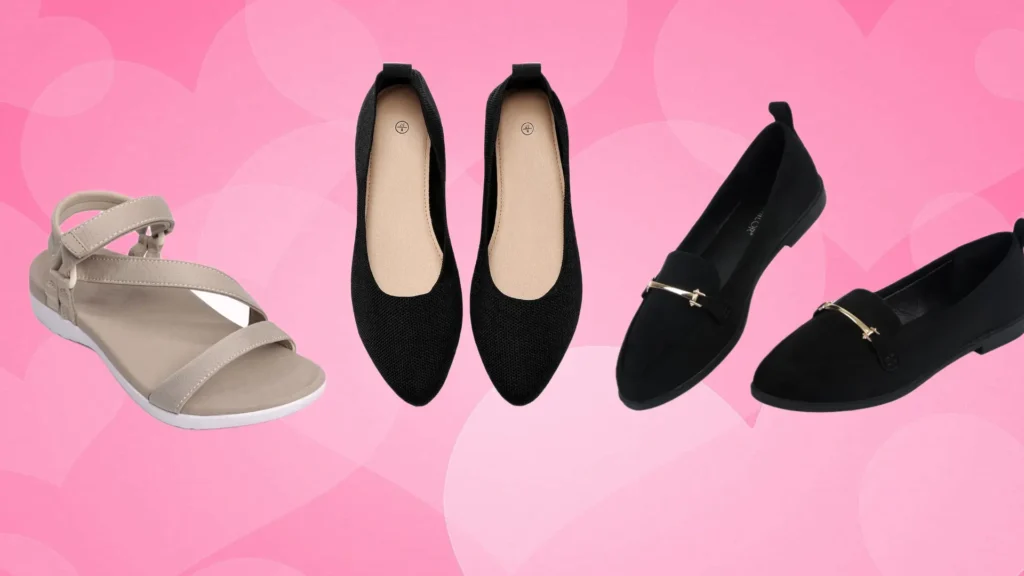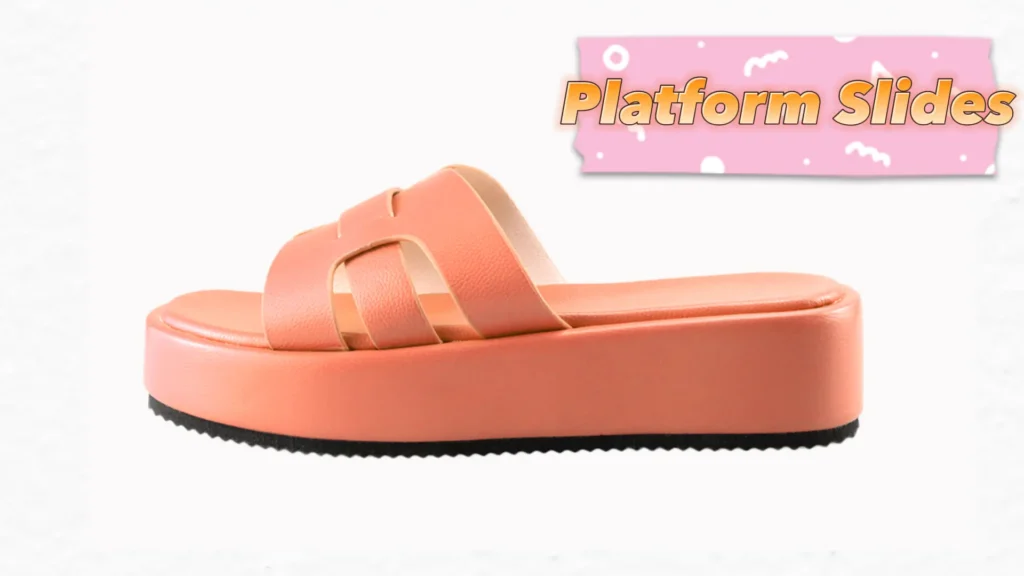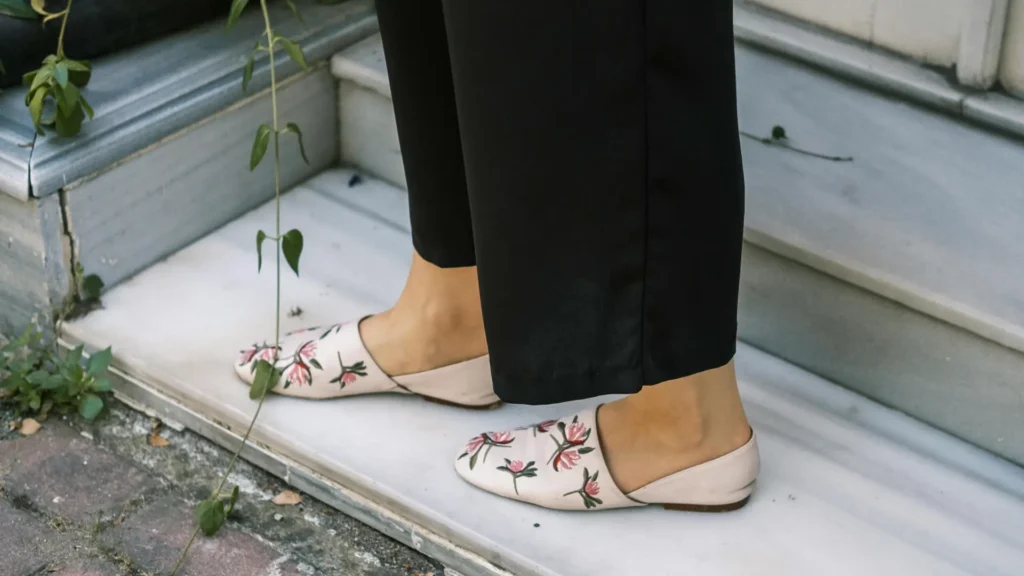African print sneakers fuse vibrant cultural patterns with modern footwear. They offer a fresh take in a crowded industry.
Defining African Print Sneakers
African print sneakers are a vibrant fusion of contemporary footwear and the continent’s rich cultural heritage. These sneakers feature fabrics and patterns inspired by traditional African textiles, such as Ankara, Kente, and mudcloth, each carrying centuries of history and artistry.
The designs showcase bold colors, intricate motifs, and symbolic patterns, reflecting the diversity and creativity of African craftsmanship. Each pair serves as a wearable celebration of African identity, blending tradition with modern streetwear aesthetics.
The rise of African print sneakers emerged from a dynamic streetwear movement across Africa, fueled by a desire for unique, culturally resonant fashion.
In the early 2000s, entrepreneurs in Kenya, South Africa, and Senegal recognized a growing demand for distinctive styles that reflected local pride. They began integrating traditional fabrics—once reserved for clothing and ceremonial use—into modern sneaker designs, creating a fresh niche in the global market.
A pivotal moment came in 2009 when Ethiopian designer Mehdi Slimani launched SAWA, a brand committed to producing high-quality sneakers entirely in Africa. This challenged the prevailing notion that premium footwear required Western or Asian manufacturing.
SAWA’s success inspired a wave of brands, from Nigeria’s Vivid Footwear to South Africa’s Tshepo Jeans, which began experimenting with local textiles. Social media further amplified the trend, with influencers and diasporic communities showcasing these designs worldwide.
Today, African print sneakers symbolize a broader movement of self-expression and economic empowerment, rooted in the continent’s creative spirit.
Key Materials in African Print Sneakers
The materials used in African print sneakers are a testament to the continent’s textile legacy and practical innovation. Here’s a closer look:
- Ankara: This wax-printed cotton fabric, popular across West Africa, is known for its vivid colors and geometric patterns. Originally inspired by Dutch wax prints, it’s been reimagined by African artisans to reflect local aesthetics, making it a staple for eye-catching sneaker uppers.
- Kente: A handwoven fabric from Ghana’s Akan people, Kente features intricate, multicolored stripes and geometric shapes. Each pattern carries symbolic meaning—such as unity, wisdom, or royalty—adding depth to sneaker designs.
- Mudcloth (Bògòlanfini): Originating from Mali, this handwoven cotton is dyed with fermented mud and natural pigments, creating earthy tones and bold, abstract symbols. Its rustic appeal contrasts beautifully with modern sneaker silhouettes.
- Leather and Suede: Many brands incorporate premium leather or suede for durability and structure, sourcing these locally to support regional economies.
- Rubber: Thick, high-quality rubber soles ensure traction and longevity, blending practicality with the vibrant textile uppers.
- Other Fabrics: Some designers experiment with Kitenge (East African cotton prints) or Adire (Nigerian indigo-dyed cloth), expanding the range of textures and stories told through each pair.
These materials are sustainably sourced, with an emphasis on natural dyes and local production, aligning with eco-conscious trends and community support.
Craftsmanship and Production
The hallmark of African print sneakers is their handmade construction, a process that prioritizes skill, precision, and cultural preservation.
Artisans in Morocco, Ghana, Nigeria, and Ethiopia bring expertise to every stage—cutting fabrics, stitching panels, and assembling soles. In Ghana, for instance, workshops in Kumasi and Accra blend traditional weaving techniques with modern shoemaking, ensuring each pair is unique.
Ethiopia’s leatherworking heritage, honed over generations, shines in SAWA, which bases its operations in Addis Ababa.
This local focus boosts economies by creating jobs for weavers, dyers, and cobblers. Kenya’s Enda prioritizes fair wages and training, while others, such as Senegal’s Nio Far, collaborate with rural artisans to preserve dying crafts.
The result is footwear that’s not just stylish but also a lifeline for communities, combining meticulous attention to detail with a commitment to sustainability and heritage.
Cultural Significance
African print sneakers are more than fashion—they’re a canvas for cultural storytelling. Over 500 distinct Ankara and Kente patterns exist, each tied to regional traditions, proverbs, or historical narratives.
For example, a Kente design with gold and green might symbolize wealth and growth, while a mudcloth pattern could reflect Malian spiritual beliefs. Wearing these sneakers is a bold declaration of pride, connecting wearers—whether in Africa or the diaspora—to their roots.
Unlike mainstream sneakers, which prioritize logos or monochromatic simplicity, African print sneakers weave a visual tapestry of identity.
They challenge Eurocentric fashion norms, celebrating diversity and resilience. This cultural weight has fueled their popularity, with global icons and local trendsetters alike embracing them as symbols of empowerment and heritage.
Design Differences: Patterns and Colors
African print sneakers stand in stark contrast to mainstream footwear through their daring aesthetics:
Mainstream sneakers feature solid colors, subtle stripes, or branded logos. African print sneakers, however, explode with geometric shapes, tribal motifs, and abstract designs. Ankara might display interlocking diamonds or waves, while Kente weaves intricate grids of stripes and blocks, each with meaning.
Typical sneakers stick to neutral tones—black, white, or grey—or basic primaries. African print designs embrace vivid palettes: red, gold, and green from Kente signal vibrancy and heritage; mudcloth offers earthy browns, blacks, and whites; and Ankara blends every hue imaginable, from turquoise to mustard.
No two pairs are identical, thanks to handmade fabric variations. A mudcloth sneaker might feature hand-drawn symbols, while a Kitenge pair bursts with floral or animal motifs, setting them apart from mass-produced uniformity.
This bold approach transforms sneakers into art, blending tradition with a modern edge that captivates wearers worldwide.
African print sneakers rival mainstream options in practicality, balancing style with everyday usability. Key features include:
Cushioning: Padded footbeds and insoles, often made from foam or EVA (ethylene-vinyl acetate), provide arch support and shock absorption for all-day wear.
Soles: Durable rubber outsoles offer excellent traction, suitable for urban streets or casual hikes, with some brands adding textured grips for versatility.
Breathability: Ankara and Kitenge allow airflow, keeping feet cool in warm climates—a nod to Africa’s diverse environments.
Fit: Lace-up closures, sometimes paired with elastic bands or Velcro, ensure a secure, adjustable fit for varied foot shapes.
Durability: Leather or suede reinforcements strengthen high-wear areas, extending the sneakers’ lifespan.
Brands test these elements rigorously, ensuring they match the comfort of global giants Nike or Adidas while delivering a unique cultural twist.
Versatility in Style
African print sneakers shine with unmatched versatility, adapting to diverse settings and tastes:
Casual Wear: Pair them with jeans, shorts, or a simple tee for a bold, laid-back look. The vibrant patterns elevate everyday outfits.
Traditional Fusion: They complement African attire like dashikis, kaftans, or agbadas, blending heritage with modernity—perfect for cultural events or weddings.
Formal Flair: A sleek pair with muted mudcloth tones can accent a blazer or dress, adding flair to semi-formal occasions.
Unisex Appeal: Designs cater to men, women, and kids, with sizes and styles—high-tops, low-tops, or slip-ons—fitting all preferences.
Unlike mainstream sneakers, often confined to sporty or minimalist vibes, African print sneakers make a statement. Their adaptability lets wearers express individuality, whether at a festival, a party, or a casual stroll.




